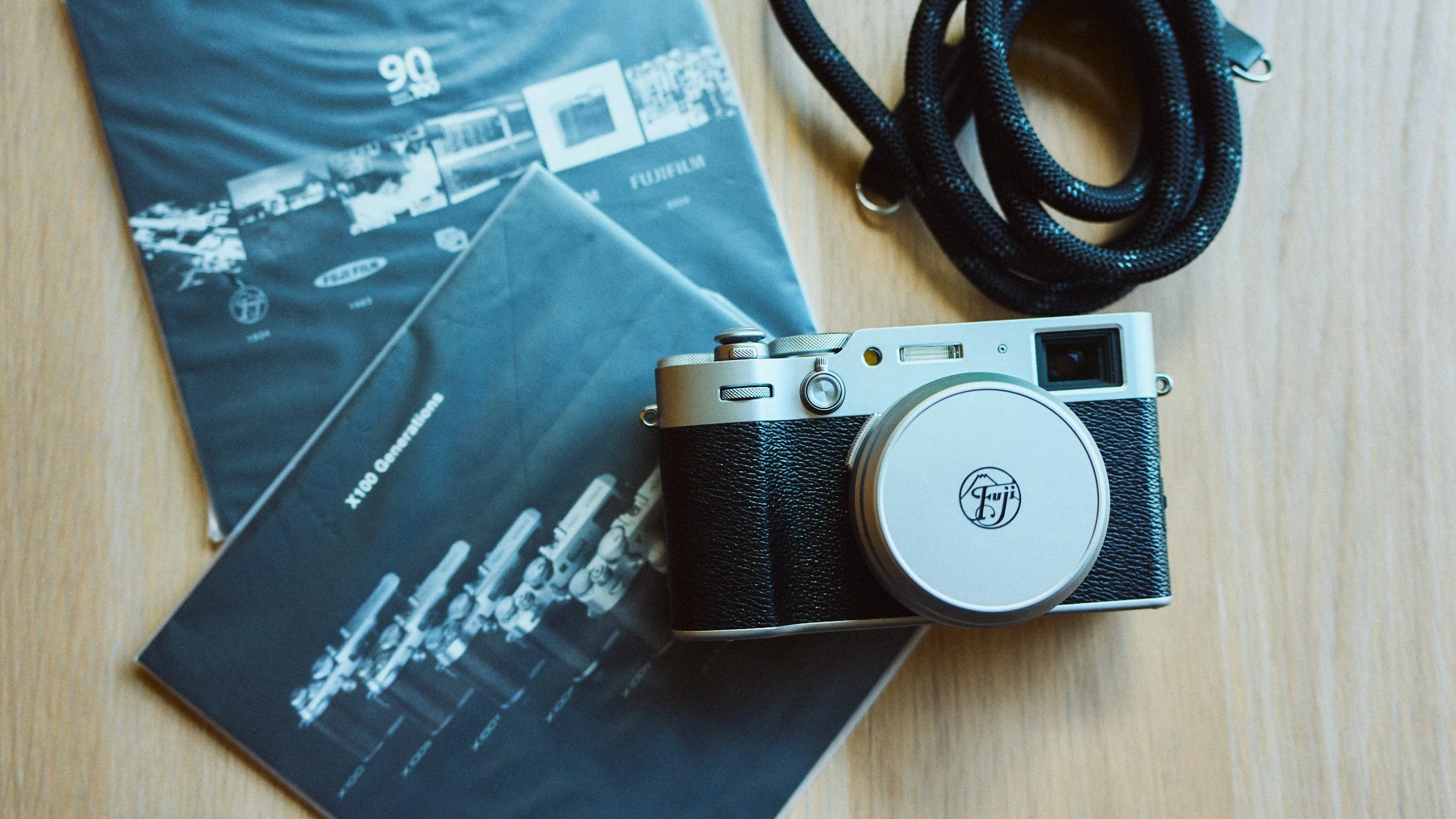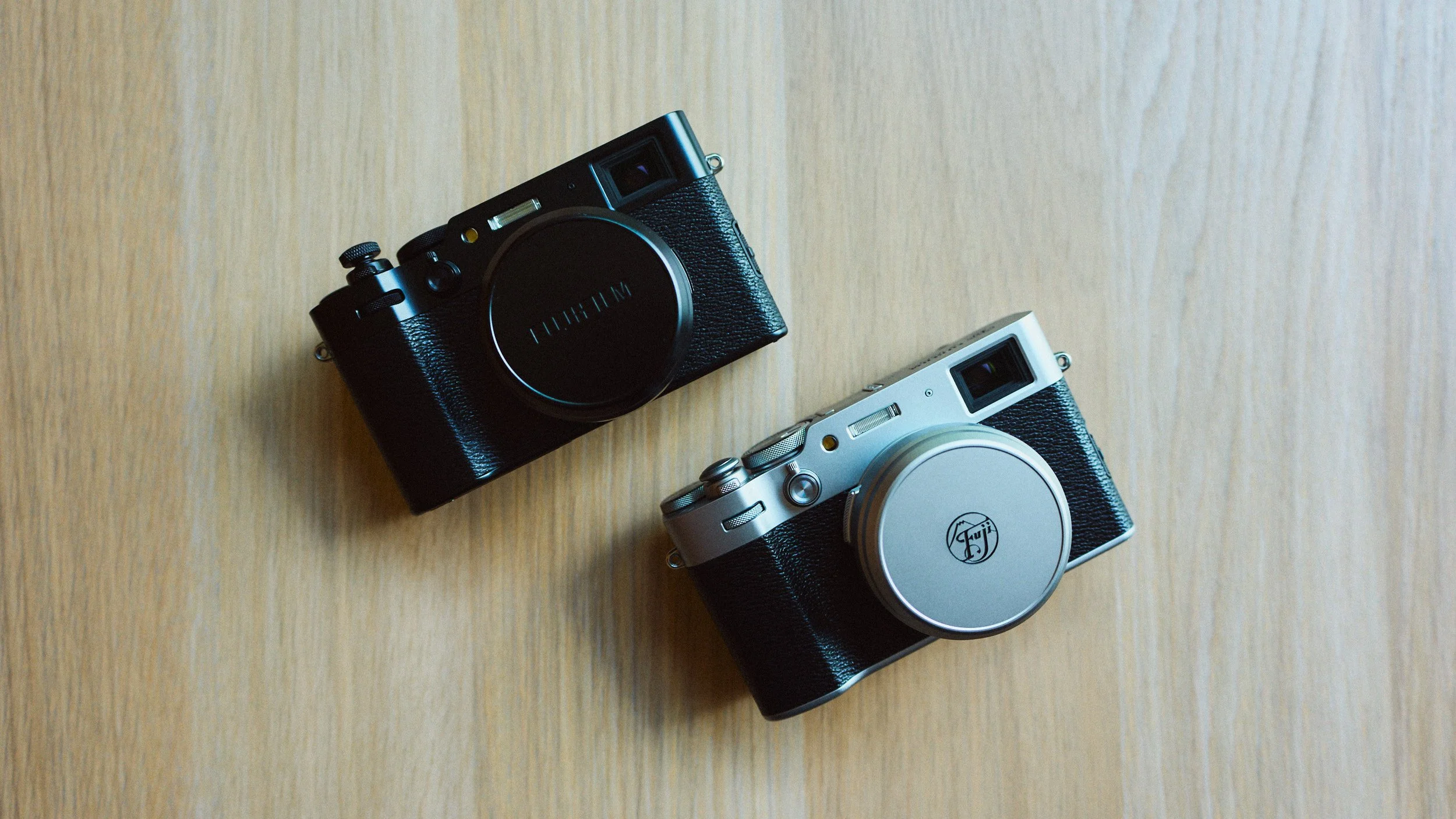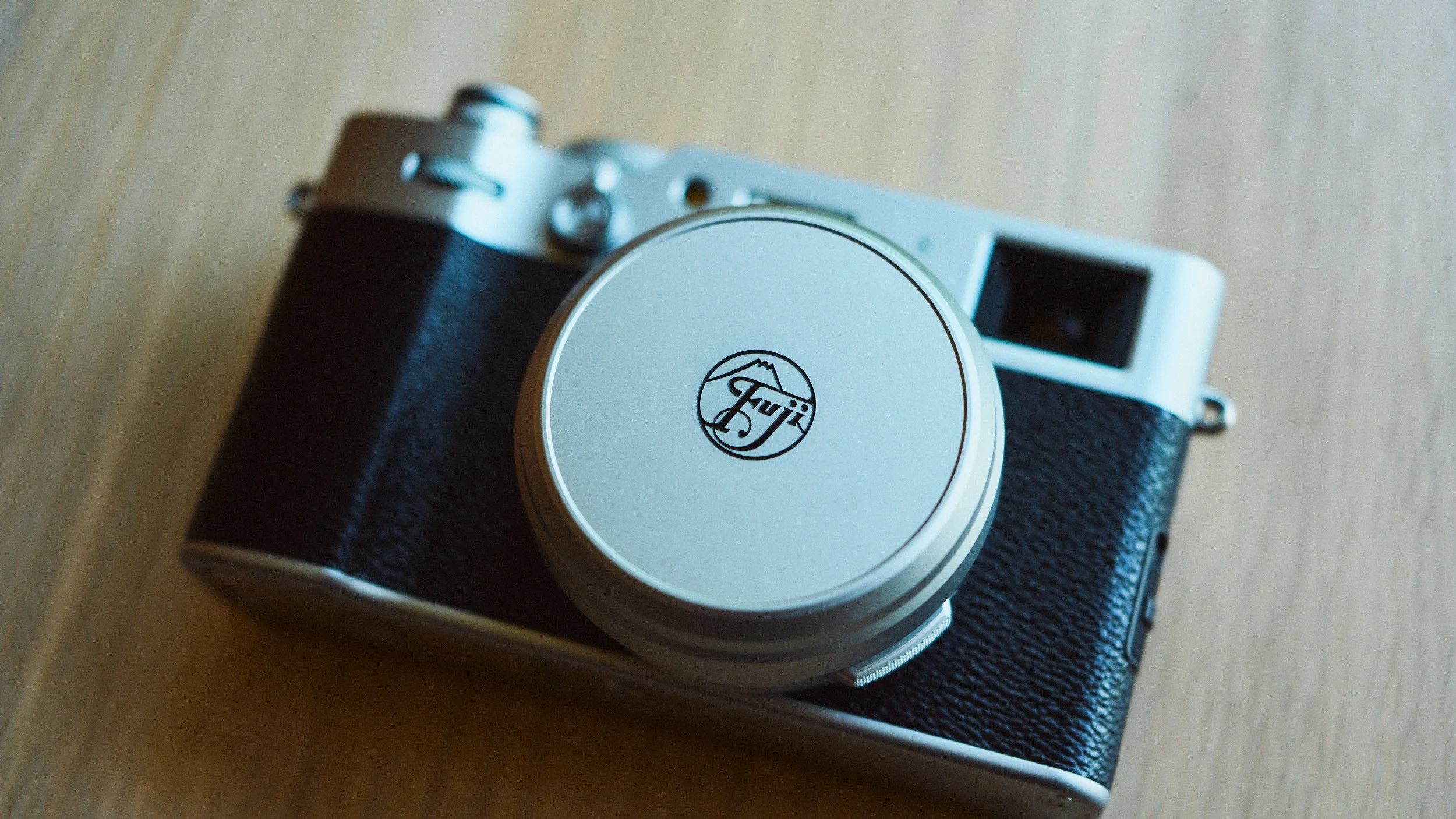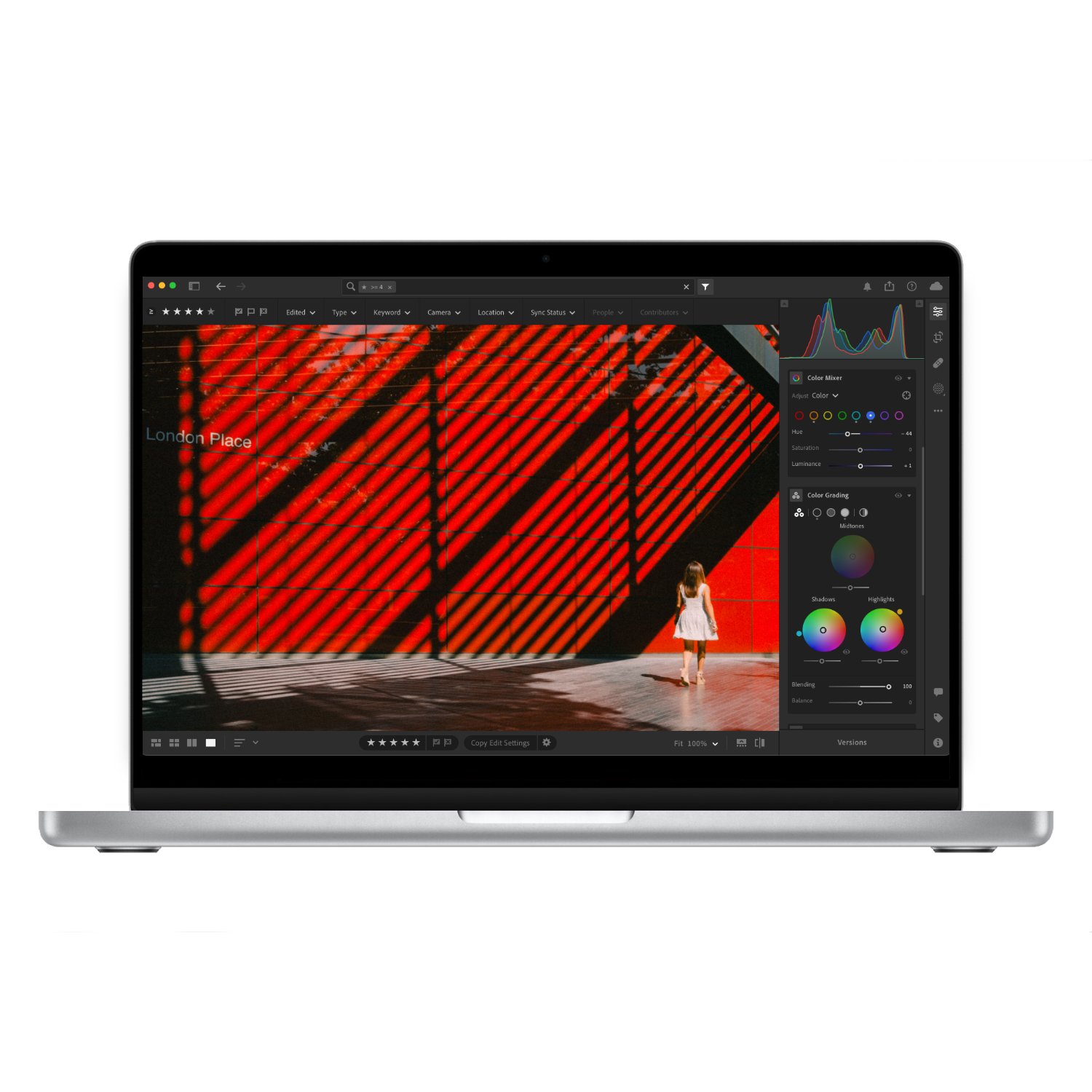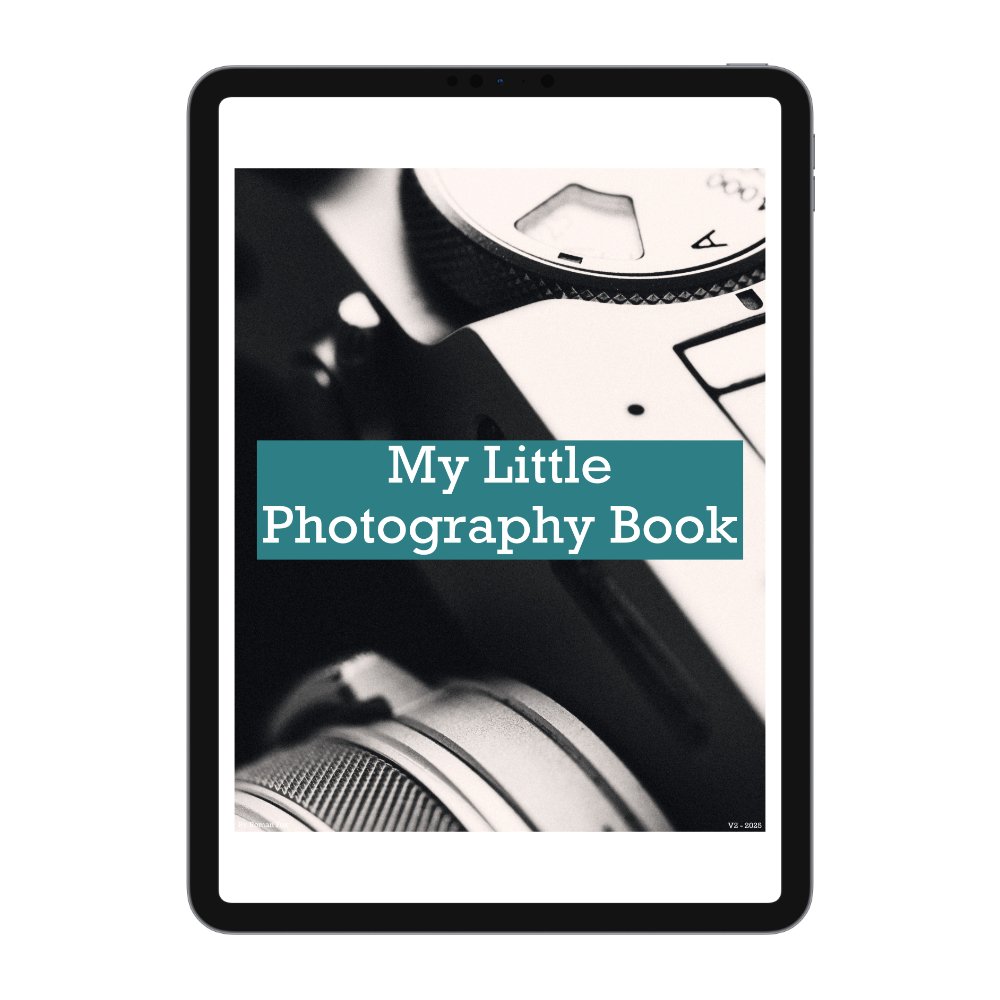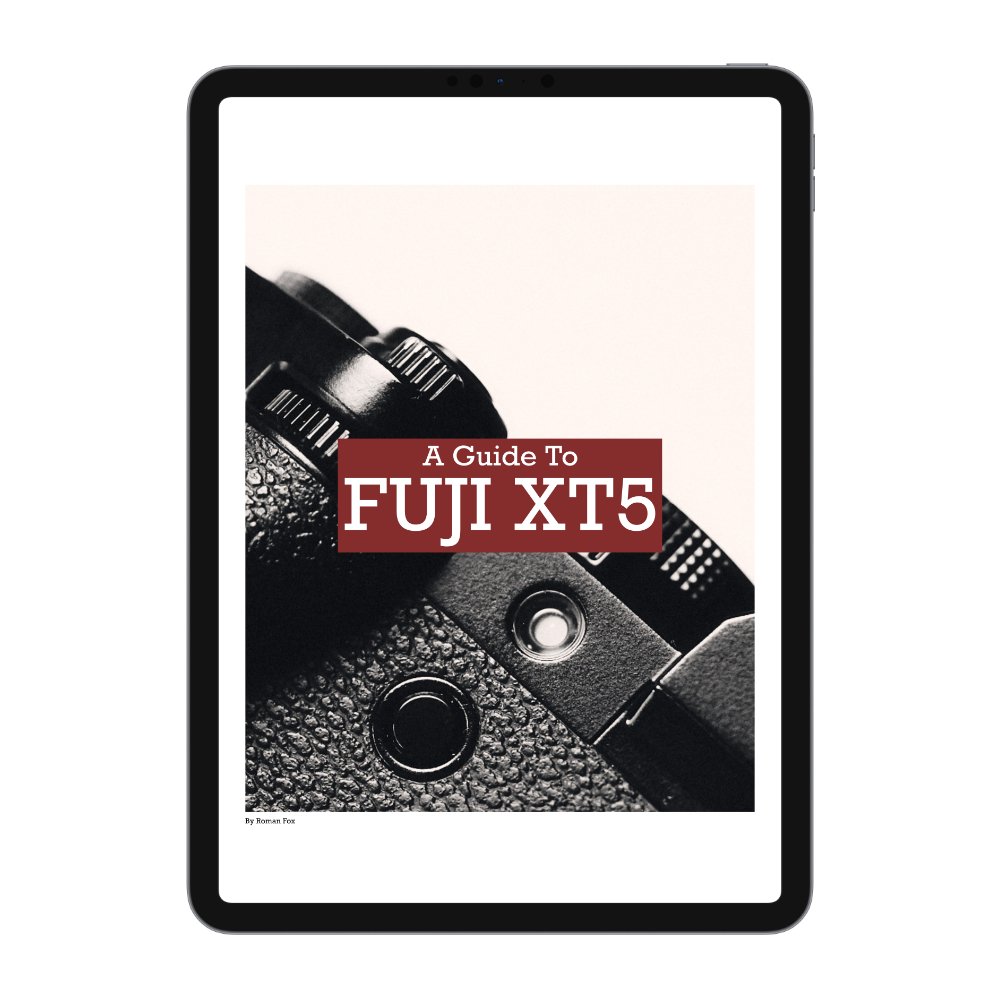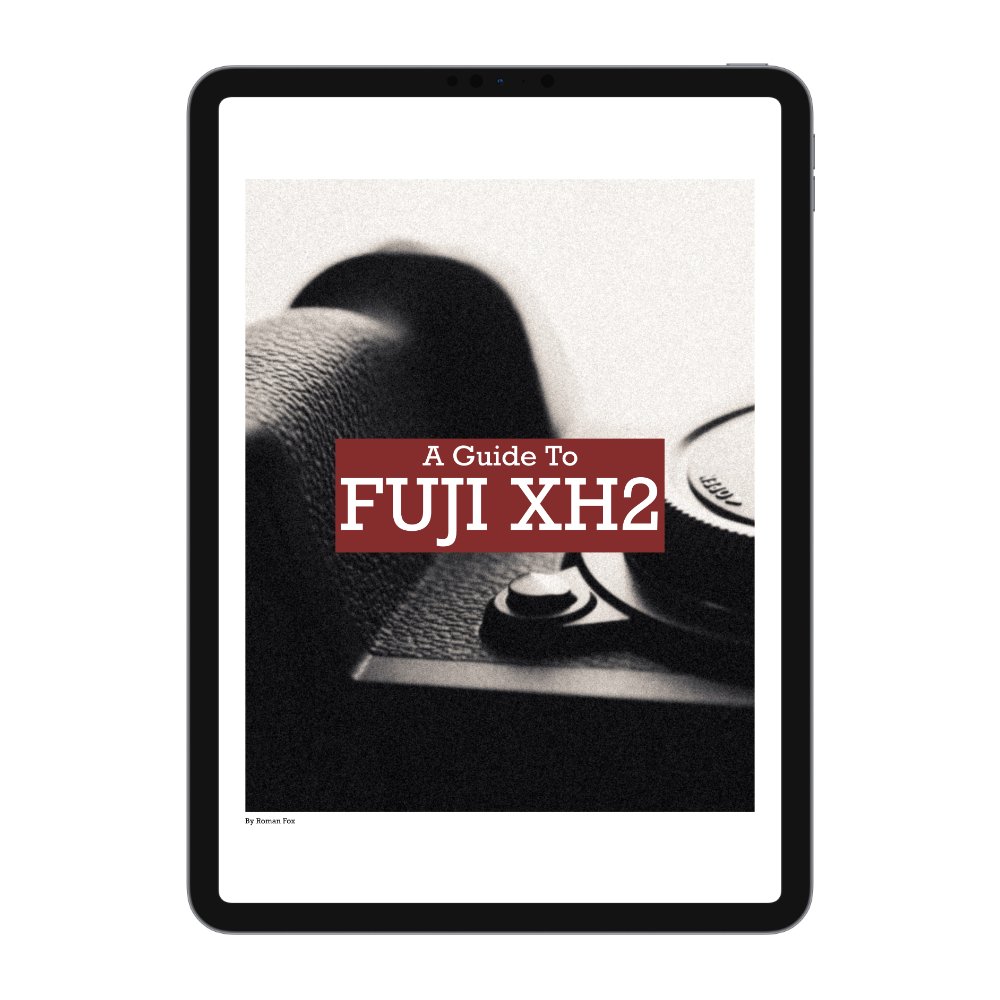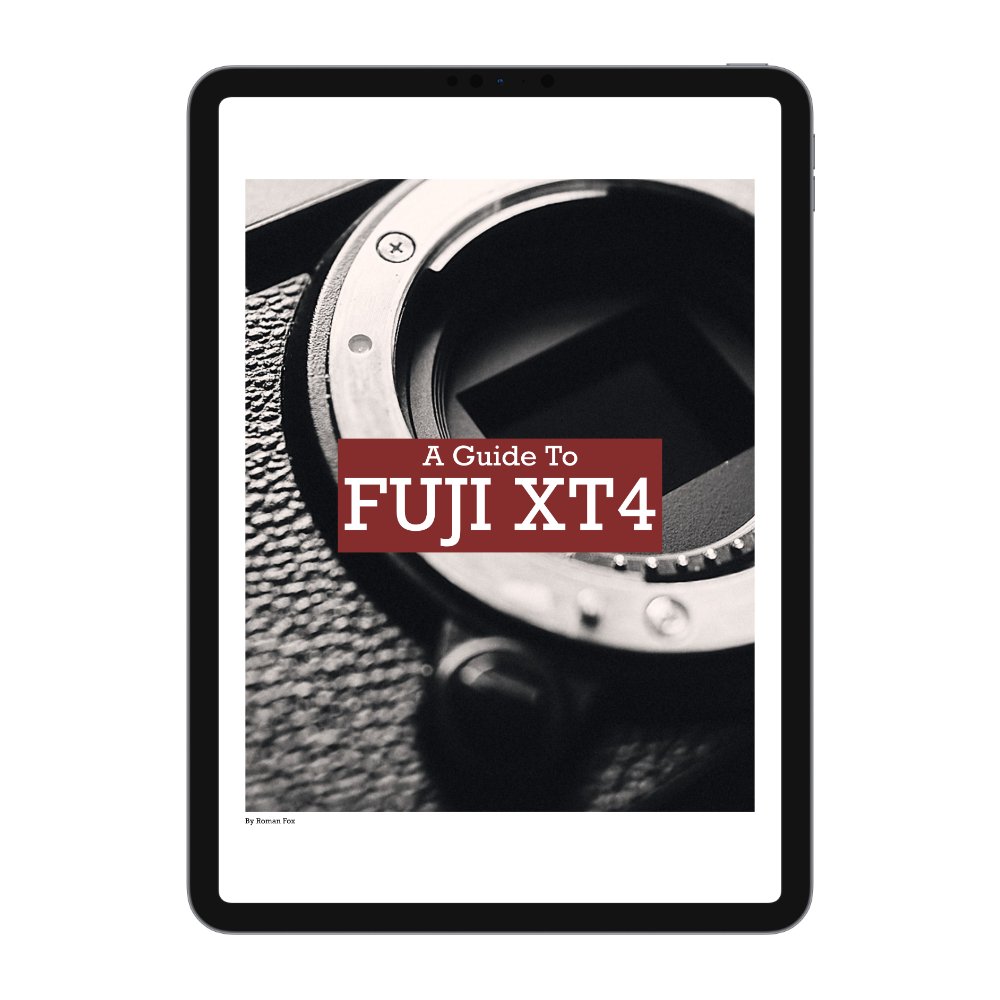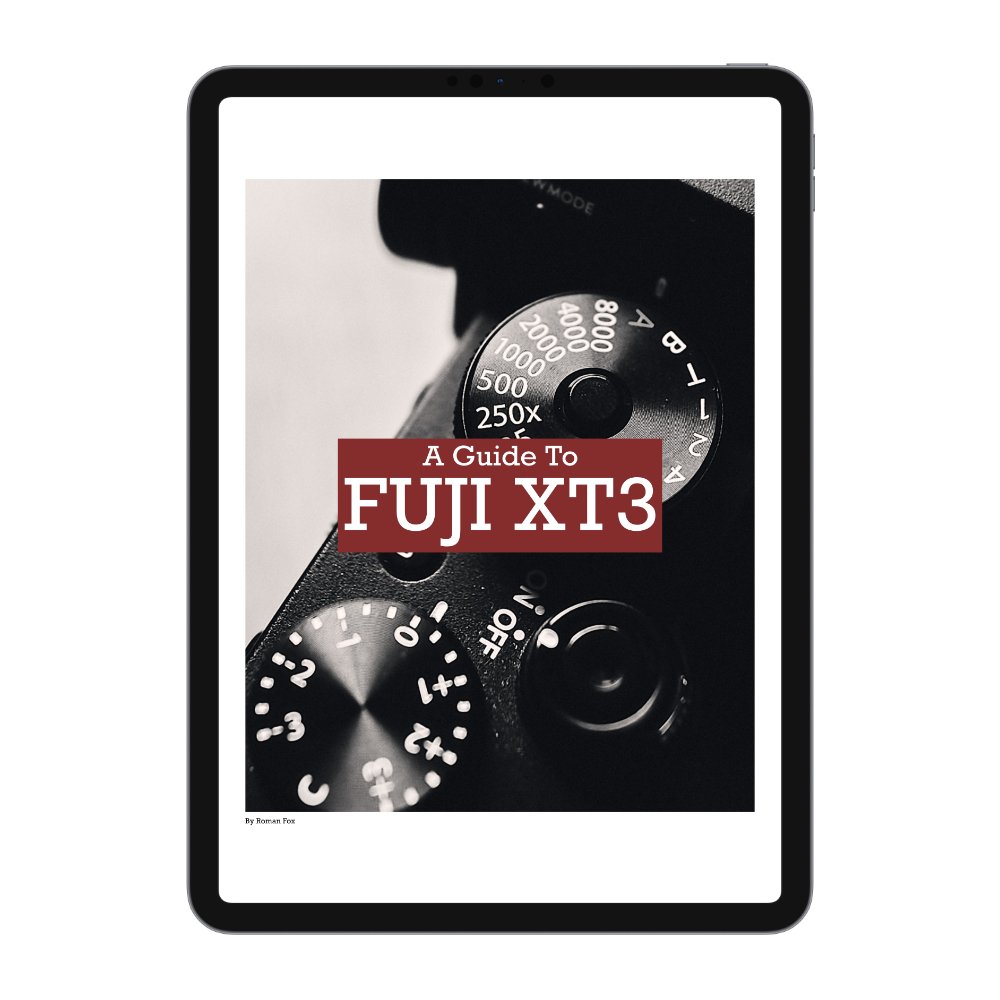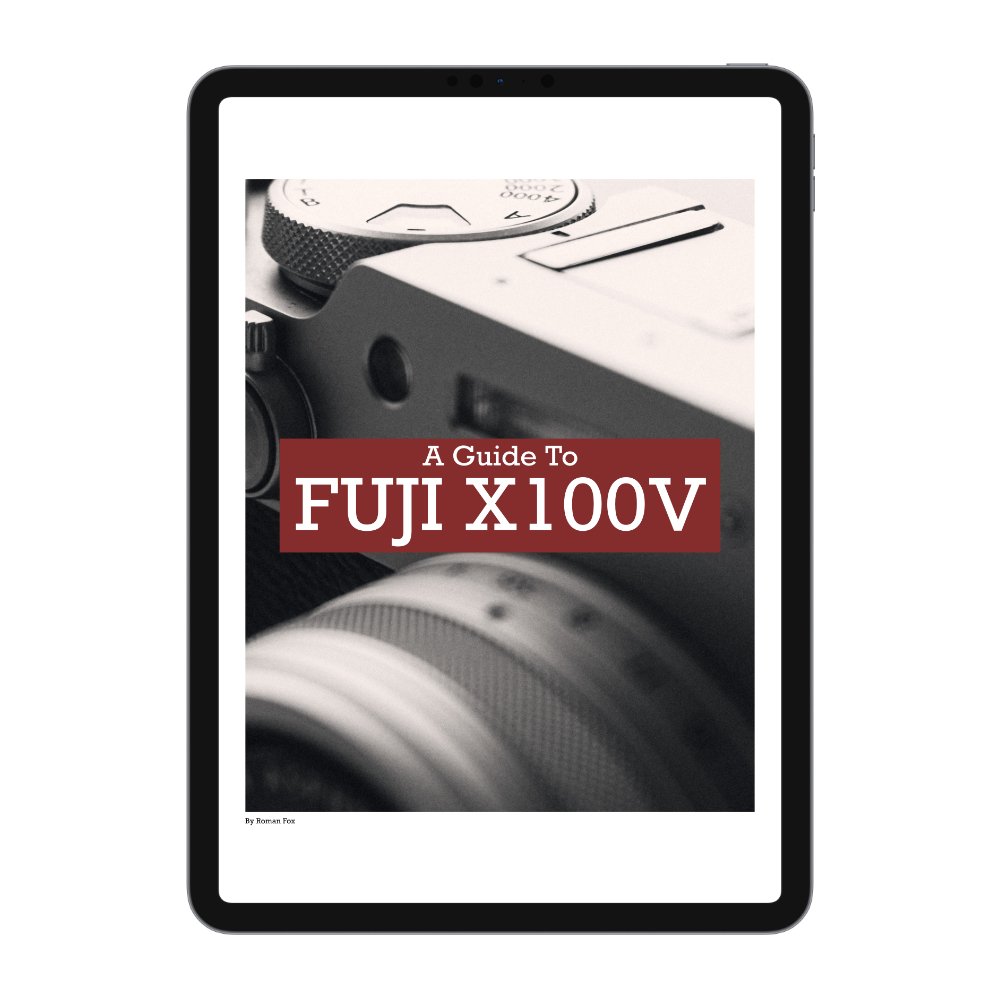Fujifilm X100VI Limited Edition VS Standard
It’s been a year since the Fujifilm X100VI was released, with two different models available. The standard edition is available to buy (if you can find one) in any camera shop, and the limited edition version, which was extremely difficult to secure, with many countries going down the raffle route to discourage scalpers. I’m fortunate to own both (for now), and I figured I could give you a quick overview of what’s actually different about these two cameras. Spoiler alert, nothing that actually matters, and if anything, you have a bigger headache with the limited edition model. For full clarity, I purchased both of these cameras myself with my own money at full retail price. I don’t have a relationship with Fujifilm.
Accessories
The first obvious difference is the addition of some extras in the box, specifically a soft release button, a unique strap, and some literature on the history.
Colours
The standard version comes in silver and black, while the limited edition only comes in silver.
What’s Different?
Not much. The biggest differences would be in three areas. The logo on the lens cap is different, the logo on the top plate is different, and you have a stamped production number on the hot shoe. The limited edition part comes from only 1934 units being made available. That’s as far as the differences go.
What’s The Same?
Everything else. For all intents and purposes, this is a normal X100VI with a different badge and a steeper price tag.
Why Limited Edition Is a Bad Choice?
There are two issues that I faced with the limited edition version that ultimately made me buy a normal one. The first issue is the camera being an early model, thus susceptible to issues. The two issues I experienced were paint peeling from the hot shoe and some dials having a little friction and generally feeling a bit cheap. When I picked up my normal version a year later, the dials all felt as they should and in line with other Fuji cameras.
The second issue was repair times and even the possibility of repair. Since the camera has unique parts that, in theory, were only made in a specific quantity, should you lose or damage those parts, you will either have to wait for a very long time or accept that your camera is now worth much less. When the paint on my hot shoe peeled, the usual process would involve swapping to a new hot shoe and the camera being ready to use right away. However, because this is a limited edition part, the hot shoe had to be sent to Japan to be repainted. This took about six to eight weeks.
Which One To Get?
This will be short and sweet. Unless you like paying over the odds to feel exclusive, then the limited edition is not even an option. Some might argue that it’s a better investment, but I’m not so sure. In order for it to be an investment, the camera would need to remain in perfect condition, with a relatively low shutter count. In other words, you’d need to barely use it. Who buys a camera that they don’t use? Of course, if you’re a camera collector, then this will be a great piece to have in your collection.
If, on the other hand, you’re a photographer, then I suggest picking up a normal one and not worrying about resale values or spare parts. Of course, if you want the black one, then your decision has already been made. Finally, if you want a brand-new camera, then the normal version is your only choice, since the limited edition cameras were sold at the time of release over a year ago. This is all assuming you can even find one of these on sale without a stupid markup.
Why I Have Both?
I only have both for now, as I intend on selling the limited edition model. By the time you’re reading this, it’s probably sold. While I thought I would like the novelty of a limited edition camera, in reality, it’s more hassle than it’s worth for something that is objectively worse than the original from a practical use case perspective. If I was a camera collector, then of course I would keep it. I also prefer the black colour.

